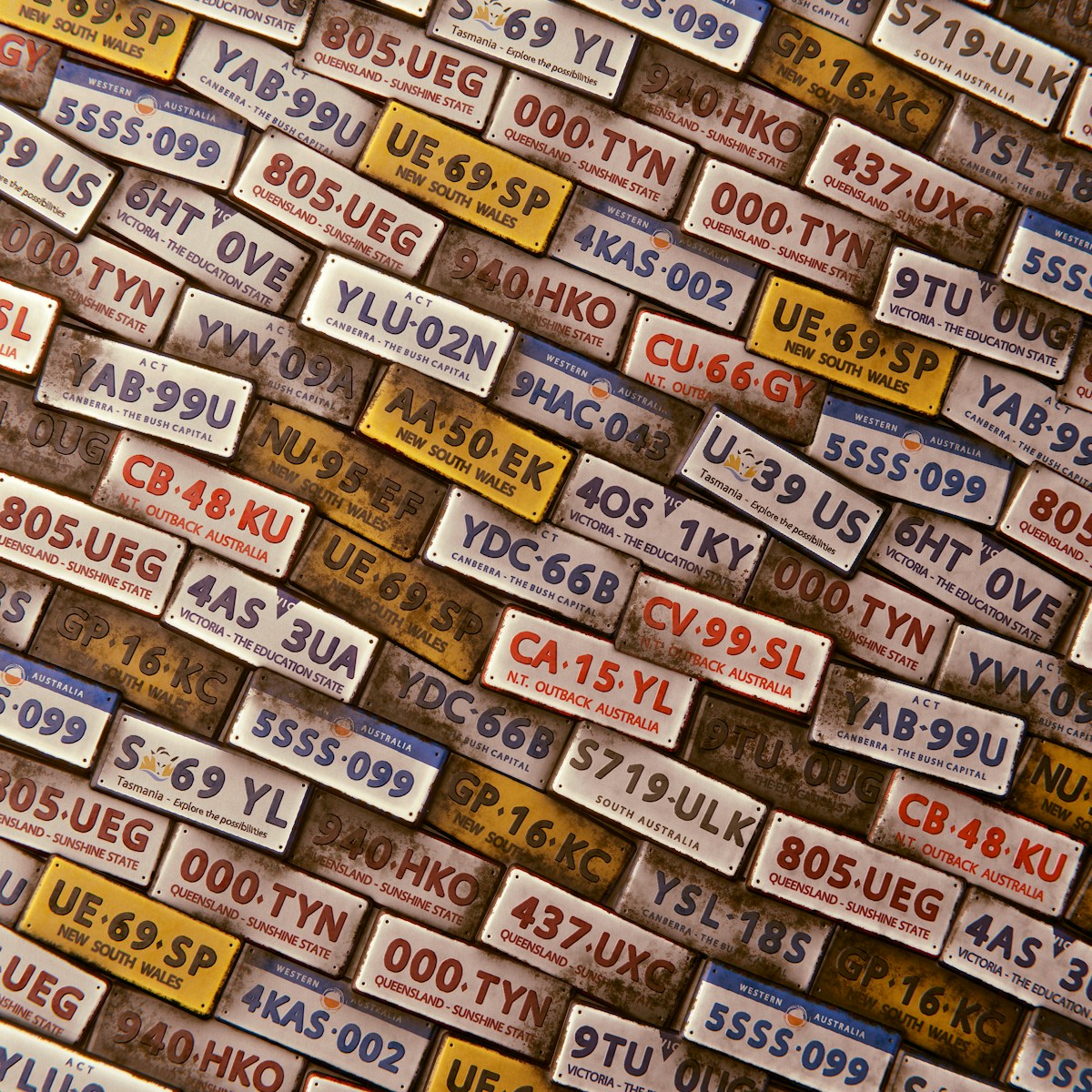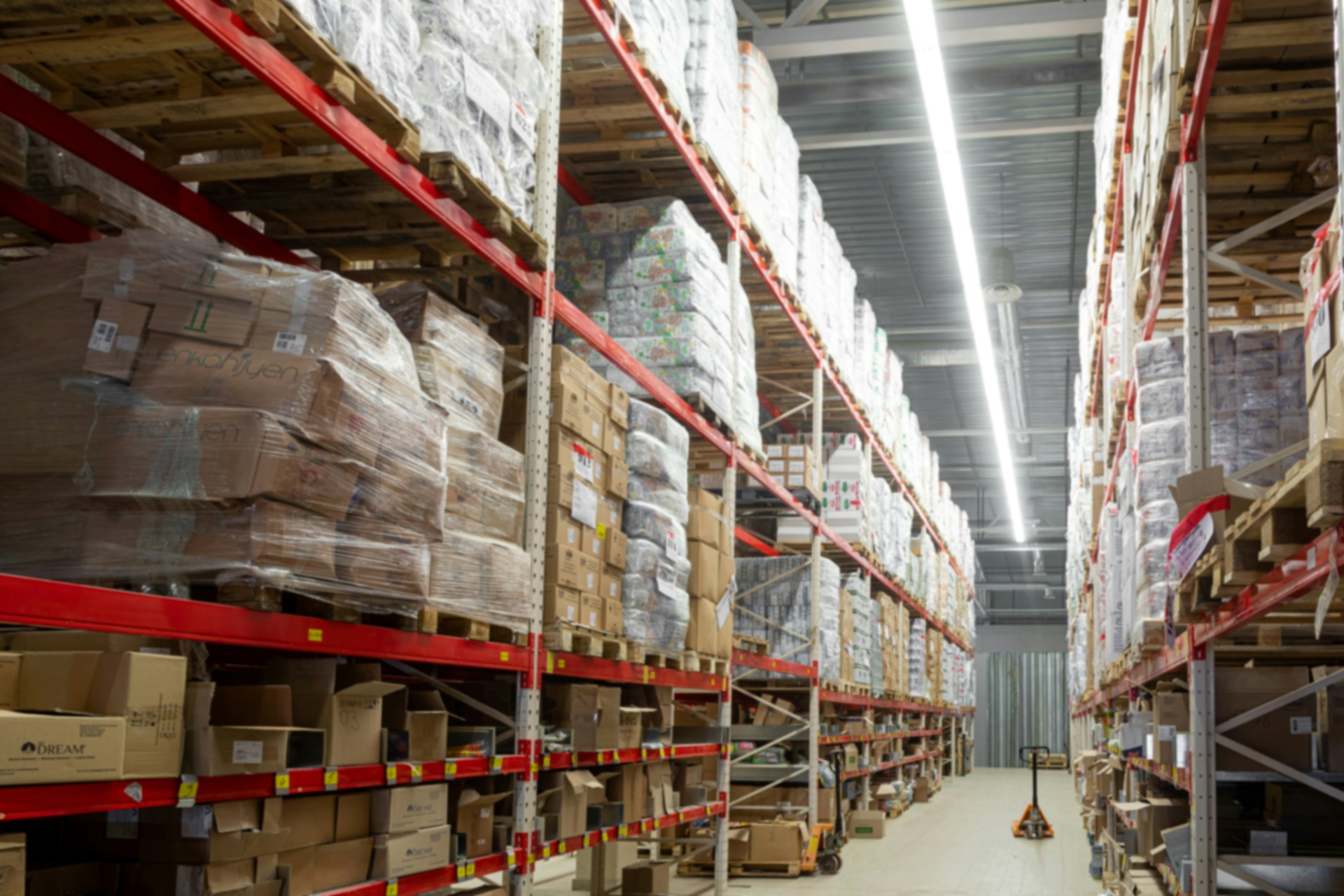If you’re a motorist in the UK, you’ve probably seen your fair share of number plates. Most of us don’t give them a second thought, but did you know that fake number plates are more common than you might think? Dodgy number plates can be linked to various illegal activities, including vehicle cloning, which can cause no end of headaches for innocent drivers. So, how do you spot a fake number plate? Let’s break it down.
Why Fake Number Plates Are a Problem
First, let’s talk about why this matters. Fake number plates are more than just an annoyance; they can lead to serious consequences. Imagine getting a speeding ticket for a car you’ve never driven or worse, being implicated in a crime you didn’t commit. This can happen if someone clones your vehicle’s number plate. Not only can this cause a lot of stress, but it can also take time and effort to clear your name.
And, of course, if you’re in the market for private plates it’s important to make sure they’re genuine and you’ve acquired them from a reputable supplier. No one wants to buy a fake product after all.
But it’s not just innocent motorists who are affected. Fake number plates are often used by criminals to avoid detection. They might use them on stolen vehicles, commit traffic offences, or evade congestion charges. All of this adds up to a significant problem on our roads.
Common Signs of a Fake Number Plate
So, how can you tell if a number plate is fake? There are a few tell-tale signs you can look out for.
1. Incorrect Font or Spacing
One of the easiest ways to spot a fake number plate is by checking the font and spacing. In the UK, number plates must follow a specific font known as the Charles Wright font. The characters should be uniform in size and spacing, and any deviation from this can be a red flag.
- Incorrect Font – If the letters and numbers look odd or don’t match the usual style, it could be a sign of a fake.
- Inconsistent Spacing – The spacing between the characters should be uniform. If the spacing looks off, it might be a fake.
2. Poor Quality Materials
Genuine number plates are made from durable materials designed to withstand the elements. Fake number plates, on the other hand, might be made from cheaper, less durable materials.
- Flimsy Plate – If the number plate feels flimsy or looks poorly made, it might not be legitimate.
- Fading or Peeling Letters – The letters and numbers on a genuine number plate shouldn’t fade or peel easily. If they do, it’s likely a fake.
3. Lack of Legal Markings
In the UK, all number plates must include specific markings to be considered legal. These include the name of the plate manufacturer and the British Standard mark.
- Missing Manufacturer Name – Every legal number plate must have the manufacturer’s name on it. If this is missing, it’s a big red flag.
- No British Standard Mark – This mark ensures that the number plate meets UK standards. If it’s not there, the plate is likely a fake.
4. Incorrect or Missing Flags and Symbols
UK number plates often include a flag or symbol, such as the Union Jack or the EU flag (though less common post-Brexit). These symbols must be correctly displayed and positioned.
- Incorrect Flag – If the flag is incorrect or placed oddly, it could be a sign of a fake.
- No Flag or Symbol – While not all plates have a flag, if one should be there and isn’t, that’s suspicious.
5. Odd Registration Number
Another sign to watch for is the registration number itself. Every registration number follows a specific format that corresponds to the year and location where the vehicle was registered.
- Out of Place Registration – If the registration number doesn’t match the vehicle’s make, model, or age, it could be a fake.
- Unusual Combinations – Certain letter and number combinations aren’t allowed on UK plates. If you spot something odd, it might be fake.
What To Do If You Suspect a Fake Number Plate
If you suspect that a number plate is fake, it’s important to take action. Here’s what you can do:
1. Double-Check the Plate
Before jumping to conclusions, double-check the number plate. Look for any of the signs mentioned above. If it still looks suspicious, it’s time to dig a bit deeper.
2. Verify the Registration
You can verify a vehicle’s registration number through the DVLA’s online service. This will tell you if the number plate matches the make and model of the vehicle. If the details don’t match, you might be dealing with a fake.
3. Report It
If you’re confident that the number plate is fake, report it to the authorities. You can contact the police or the DVLA. Providing them with as much information as possible will help them take the necessary action.
Staying Safe on the Roads
Spotting a fake number plate isn’t just about protecting yourself; it’s about making the roads safer for everyone. By staying vigilant and knowing what to look for, you can help prevent crime and protect yourself from potential headaches.
While it might seem like a small detail, being aware of the issue and knowing how to spot a fake number plate can make a big difference. And if you do come across one, don’t ignore it. Taking a few minutes to report it could save you and others from a lot of trouble down the line.
Wrapping It All Up
Fake number plates are a bigger problem than most people realise, but with a little knowledge, you can spot them and take the necessary steps to report them. Remember, the signs of a fake number plate include incorrect font or spacing, poor quality materials, missing legal markings, incorrect or missing flags, and odd registration numbers.







